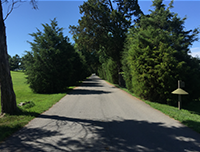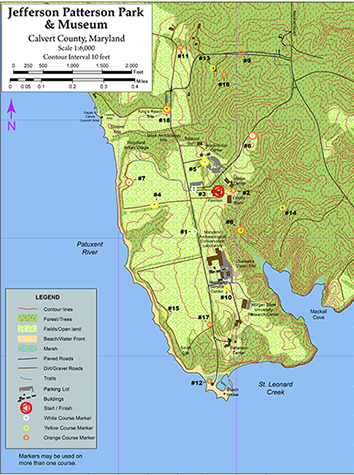
Orienteering is a Racing Sport that requires navigational skills using a map and compass to get from point to point in unfamiliar terrain, and moving at speed. Participants are given a special orienteering map, which they use to find Orienteering Markers. Originally a training exercise in land navigation for officers, orienteering has developed many variations.
Orienteering began in the late 19th century in Sweden. It grew from military training in land navigation into a competitive sport for military officers and then for civilians. The name is derived from a word root meaning "to find the direction or location." With the invention of inexpensive yet reliable compasses, the sport gained popularity during the 1930s. By 1934, over a quarter million Swedes were participants, and orienteering had spread to Finland, Switzerland, the Soviet Union, and Hungary Following World War II, orienteering spread throughout Europe and to Asia, North America, and Oceania.
Typically, orienteering is run in wild terrain. In Scandinavia, this usually means in the forest, but orienteering in open fell, heathland, moorland, and other mixed terrain is also common.
Classic orienteering involves a race between controls in a preset order. The winner is the person who completes the course in the shortest time. This is called a "cross-country” course. Courses are normally designed so that finding the fastest route is not straightforward.
“Orienteering at JPPM” is an Eagle Scout project by Daniel M America, Boy Scout Troop 430, funding provided by Mr. and Ms. Wm. Bankhead and the David M. Krankowski Foundation
Click on the link below for the current Boyscouts of America Orienteering Merit Badge requirements:
https://filestore.scouting.org/filestore/Merit_Badge_ReqandRes/Orienteering.pdf

Pick A Course
The courses here at Jefferson Patterson & Museum are designed so that runners can use the trails and roads as desired. The courses range from easy to semi-strenuous. The white course is the easiest and should be run by beginners. The yellow course is more challenging and should be run by orienteers with more experience. The orange course is most difficult and should not be run by novices.
Click here for tips on picking a course.